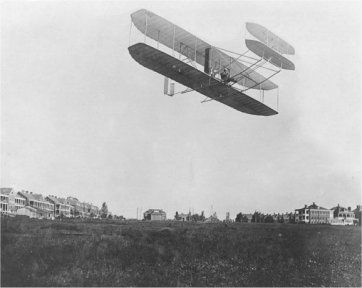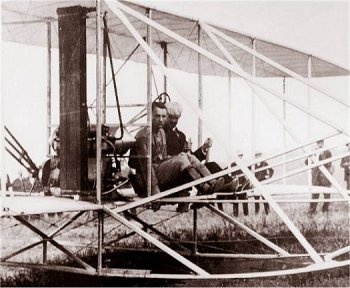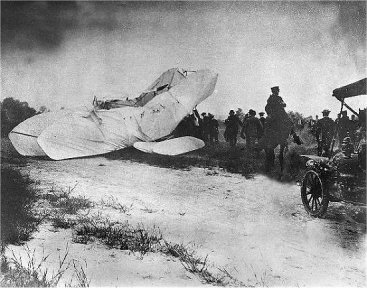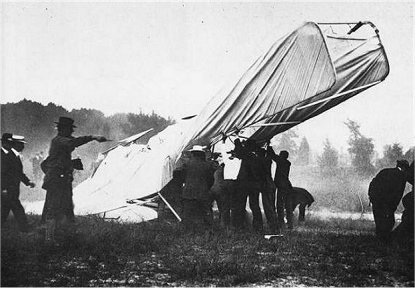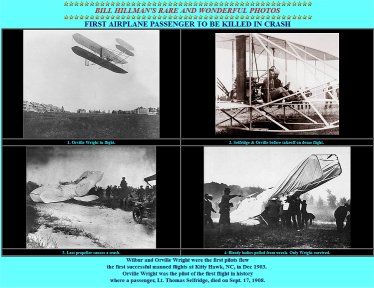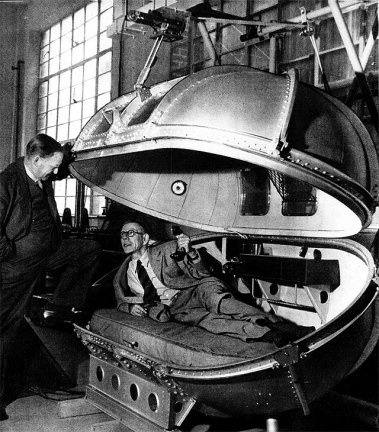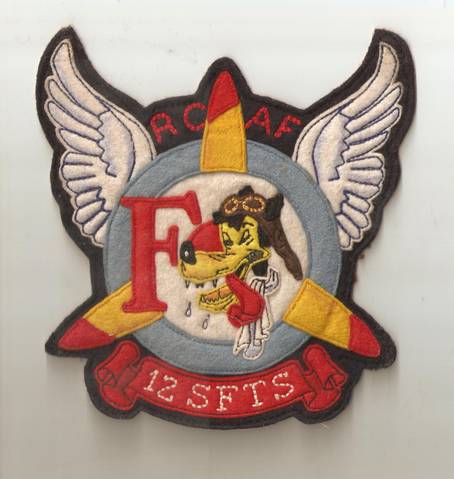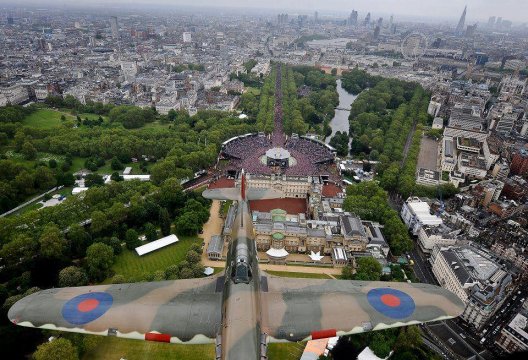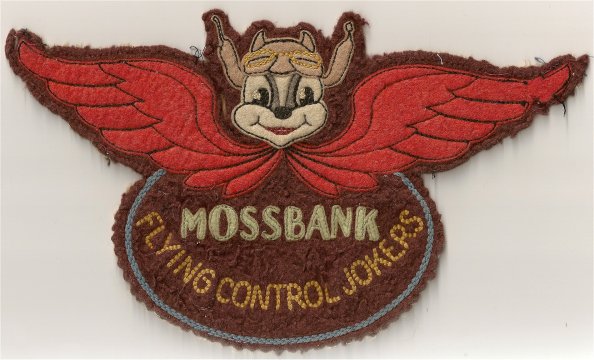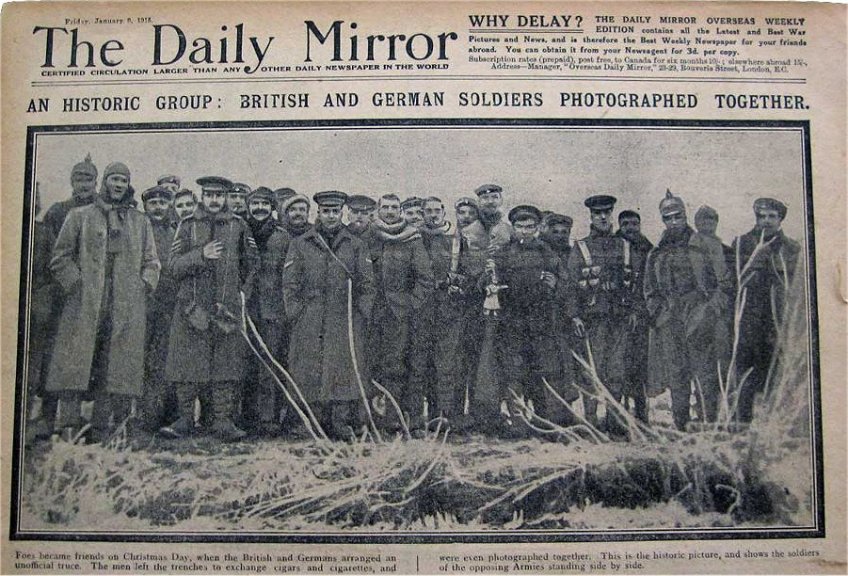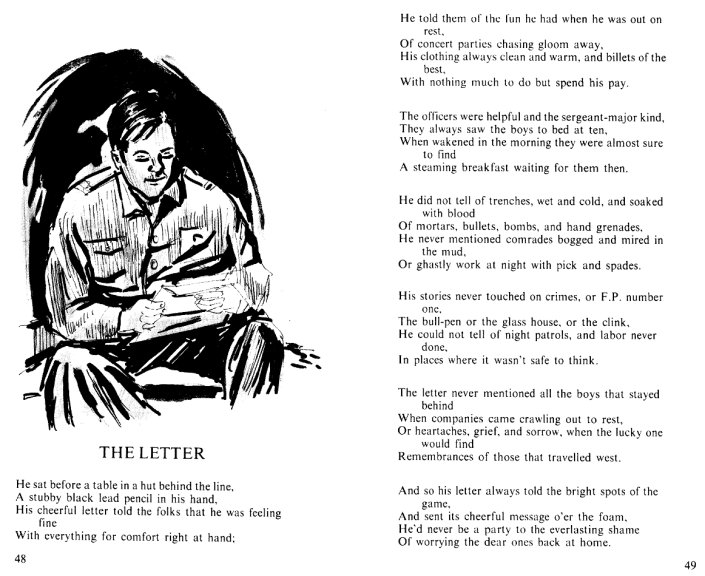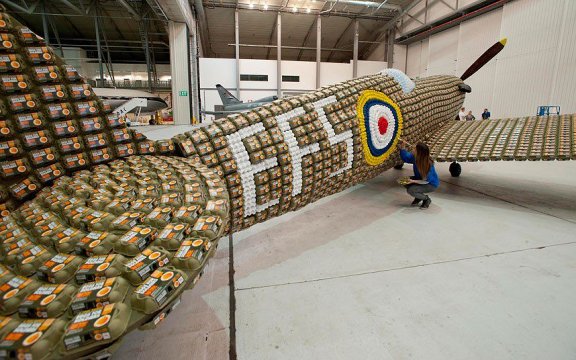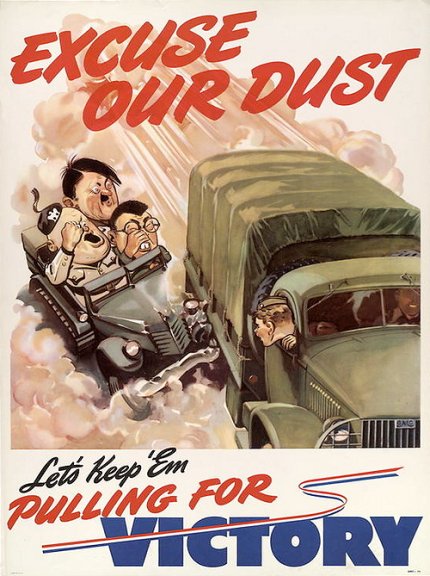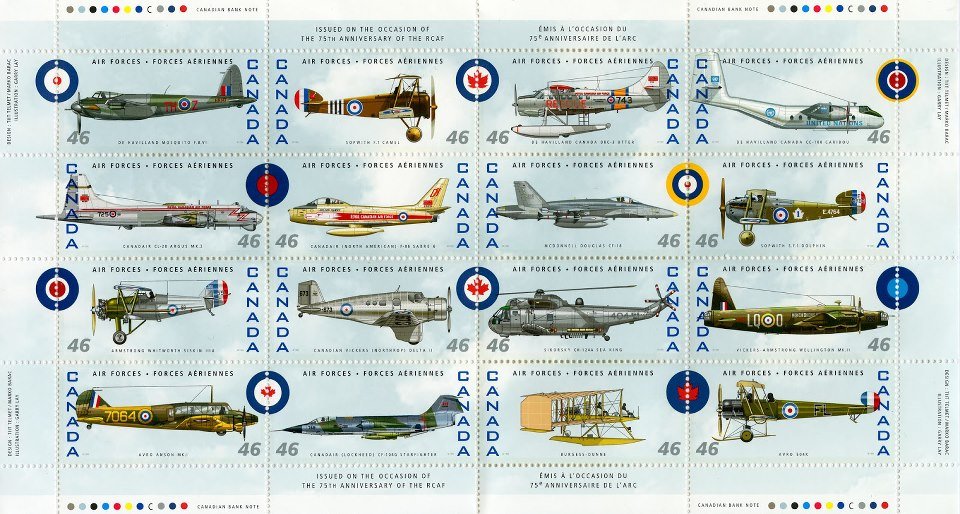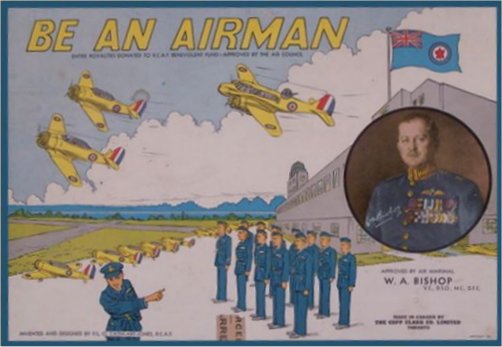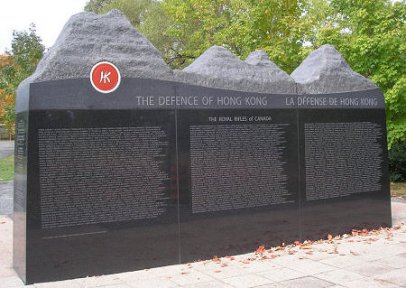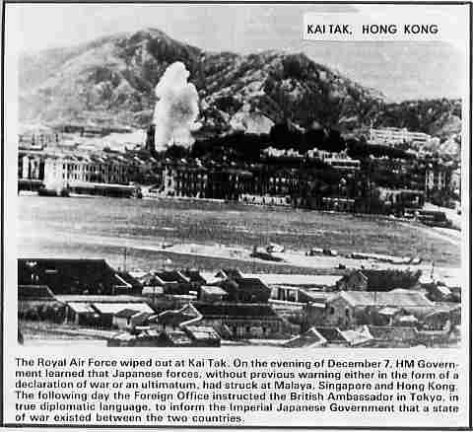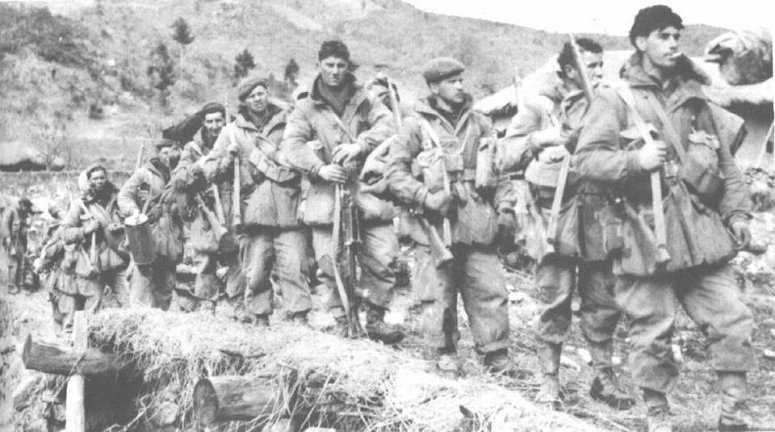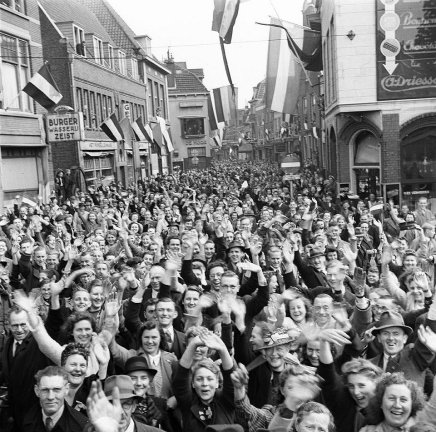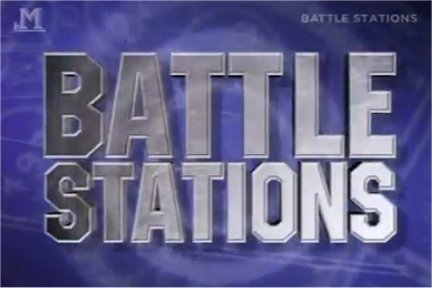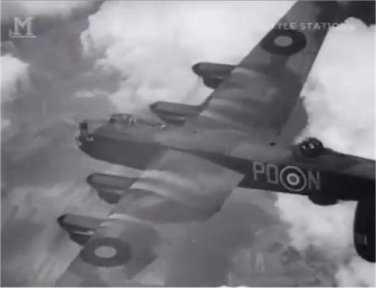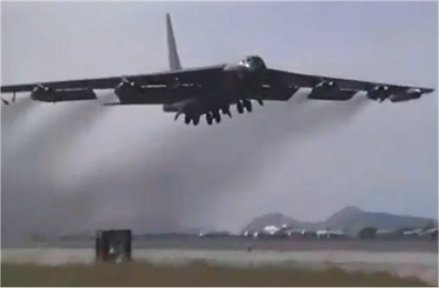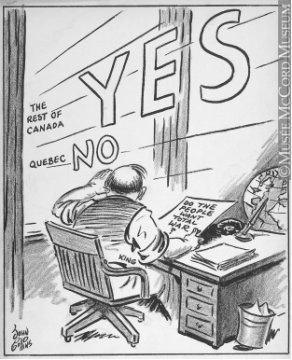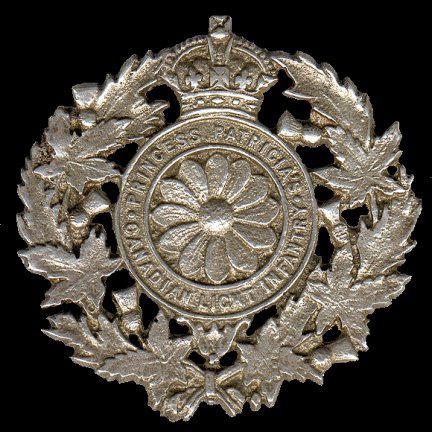 |
2nd BATTALION OF
THE PRINCESS PATRICIA'S LIGHT INFANTRY
The 2nd Battalion of the Princess Patricia’s Canadian Light
Infantry, took up their positions at Kapyong, April.1951. At Kapyong, in
Canada’s first major battle in the war, about 700 soldiers in the 2nd Battalion
The attack on Kapyong was part of the Chinese “Fifth Phase” offensive that
took place in April 1951.
While many historians may not be aware of Canada’s role
in this battle, they most likely have heard of the desperate fighting that
engulfed the Gloustershire Regiment of the British Army further to the
west, or even the 3rd Battalion Royal Australian Regiment that also retreated
following the bitter fighting. Where these units were turned back, the
Patricias held their ground and prevailed. Bjarnason compares the defense,
and more importantly, the victory, to fabled stands: notably Custer at
the Little Big Horn and the Spartans at Thermopylae.
While not as widely known as the British part of the battle,
the PPCLI held out against an onslaught of roughly 5000 Chinese “volunteers”,
thwarting the attack at a loss of ten of their own.
From Dan Bjarnason's 2011 book,
'Triumph at Kapyong: Canada’s Pivotal Battle in Korea
'
|
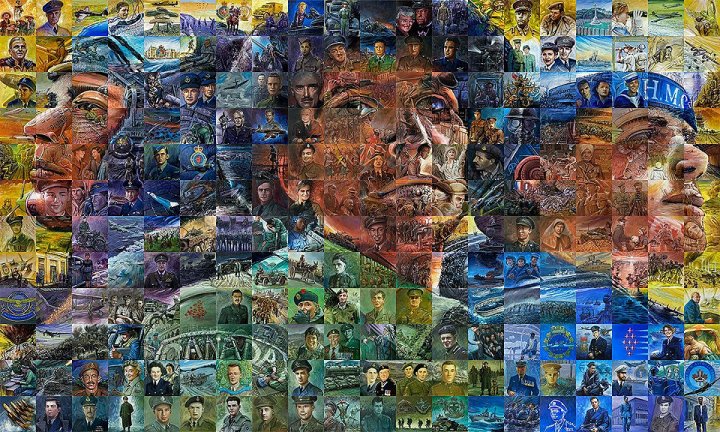
![]()
